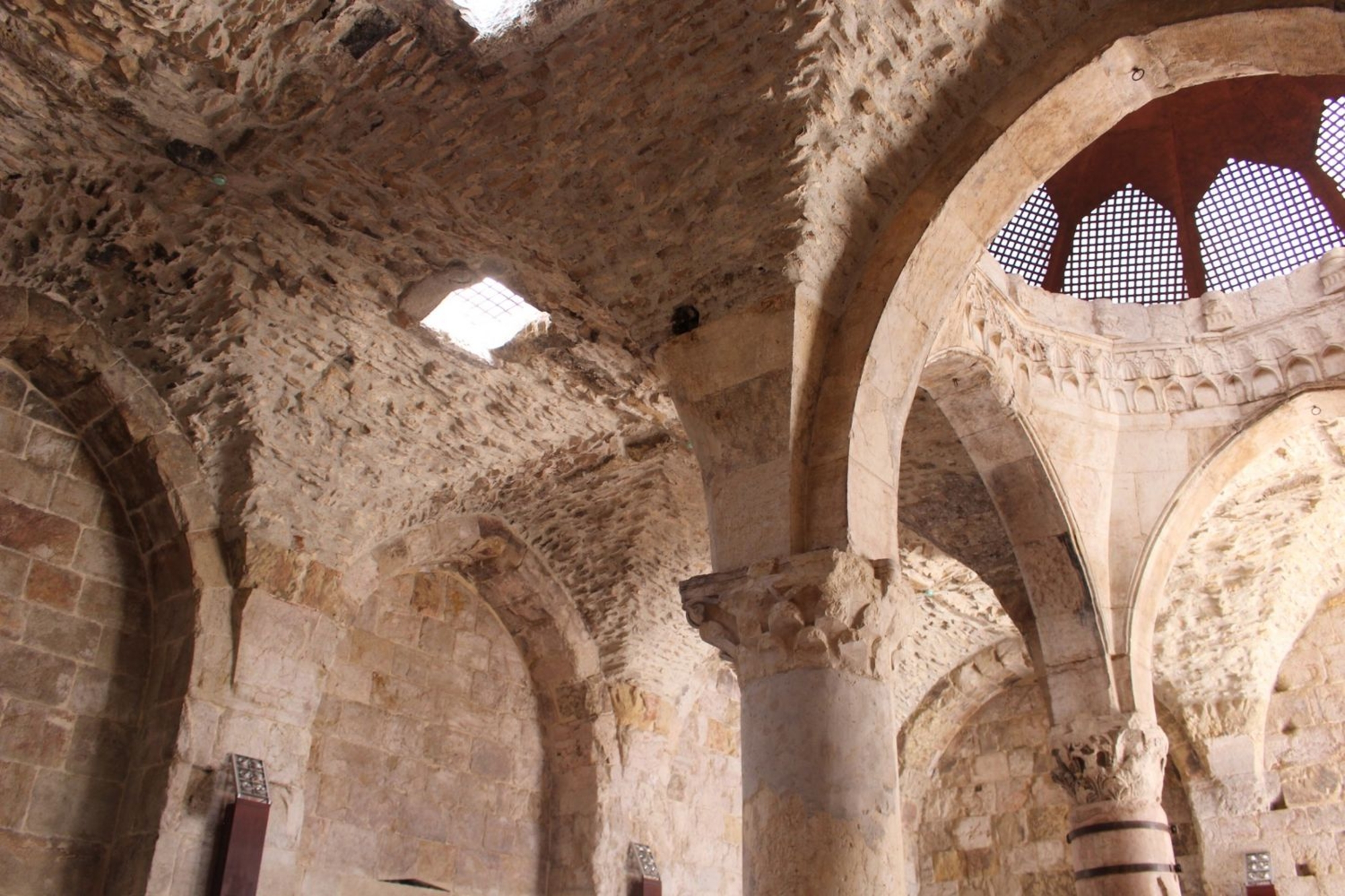
- Home
- Explore the site
- Daily life in the castle
- Food
Mealtime
The brothers of the Hospitaller order ate two meals a day. Like the Templars, they had to eat together but according to a well-established hierarchy. For example, the brother knights did not share their table with sergeants and crossbowmen, whereas they could eat alongside doctors, surgeons or other important figures.
According to the statutes of the Marqab Castle Order (1203-1206), with rare exceptions, food and drink were the same for everyone. No one, not even the bailiff, could expect to eat different food from that served to the brothers.
Kitchens
Often, as in convents, the castle refectory of military orders was located close to the dormitories and kitchens.
The kitchens at the Krak des Chevaliers have not been found, unlike those in other castles such as Belvoir and Arsuf, where the ovens can still be seen. The oven discovered under piles of debris in the west hall at Krak in 1928 dates from the second half of the 13th century and was not part of the early castle. It was five meters in diameter with a cul-de-four vault and a masonry chimney directly below an opening in the hall vault.
The Krak also had a windmill, the date of which is uncertain and probably late. A photograph by Louis de Clercq provides a reminder of the so-called "windmill tower" built on the northernmost circular tower of the second enceinte. The mill was reconstructed by Baron Rey in his bird’s eye view of the castle.
Storage
The castles of the military orders were primarily intended to defend and control territory, but they were also important administrative centres where taxes, customs duties, and other exactions in kind to which they were entitled were collected. These goods were then stored in large warehouses.
Among the castle's vast rooms there was no shortage of space to store materials, fuel, and food. Nevertheless, without excavating them, it is often difficult to determine the roles assigned to each area.





